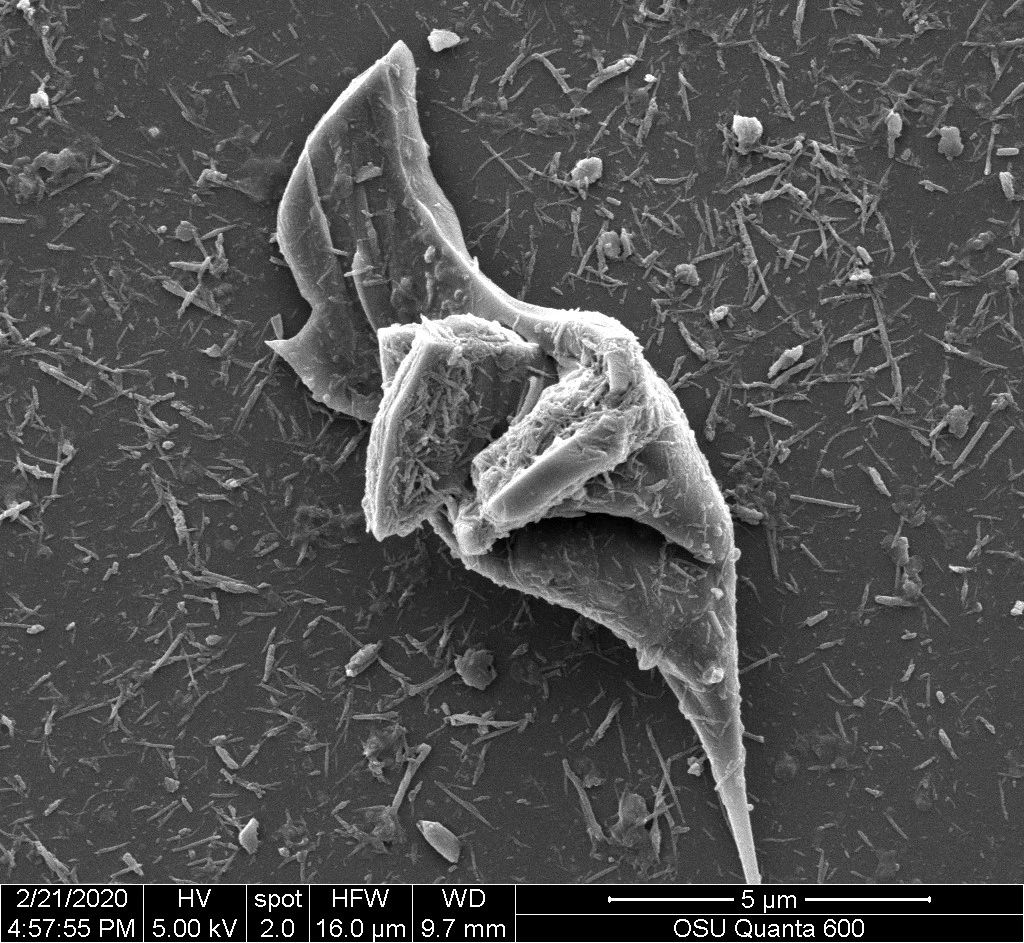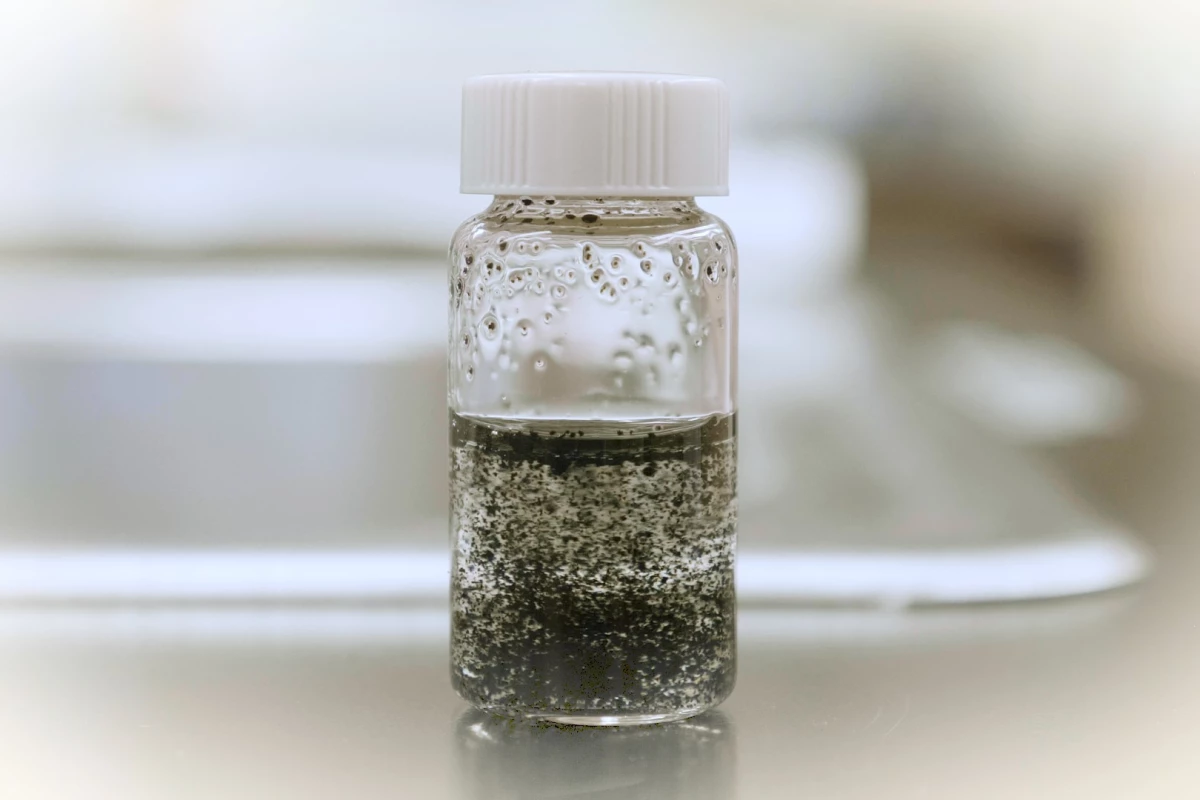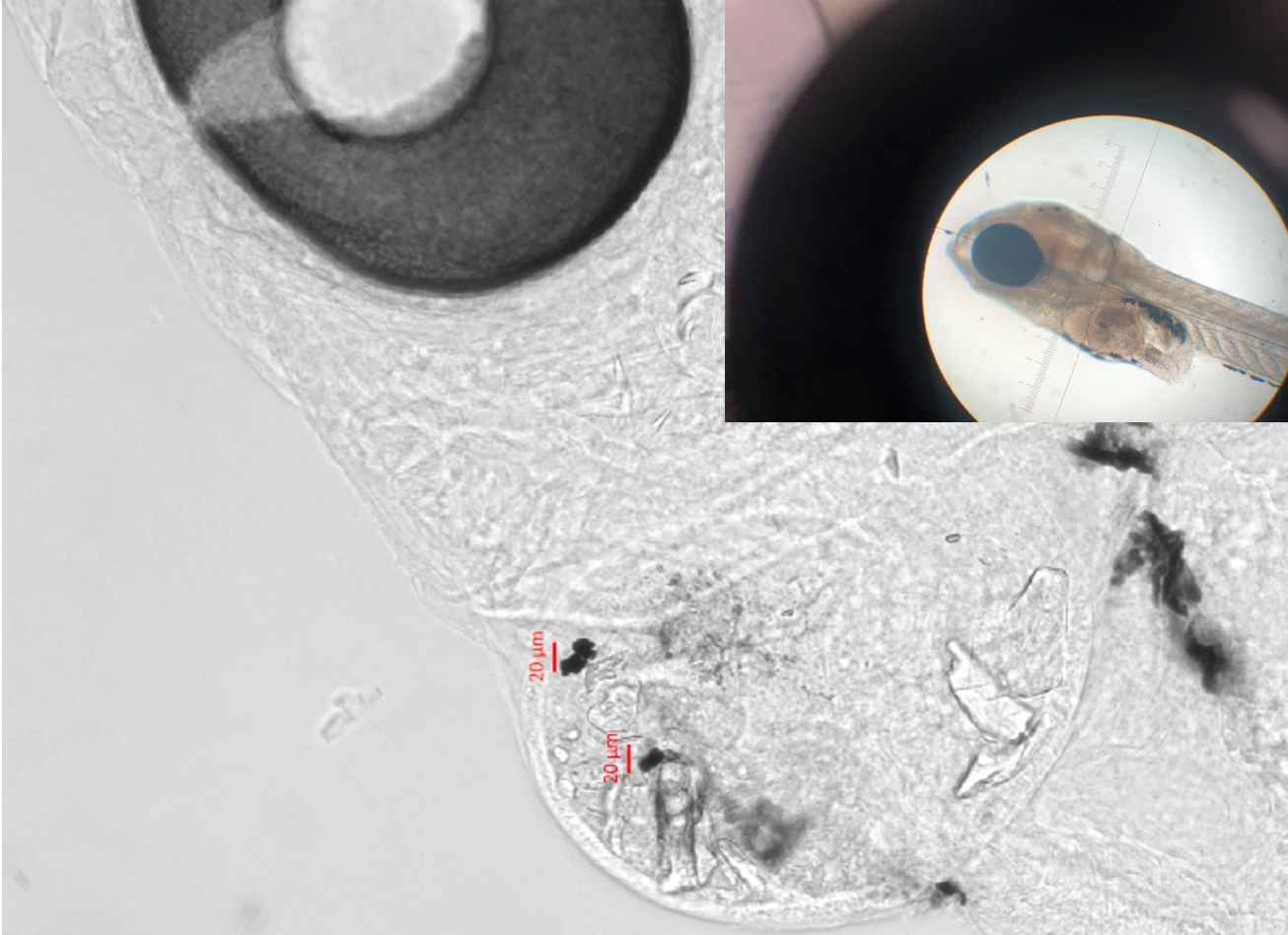Scientists continue to uncover the impacts of rampant plastic pollution on the environment and living organisms, which include toxic effects on human cells and infiltrating the blood brain barrier in mice. A new study has shone a light on one of the most common forms found in the aquatic environment in the form of tire wear particles, which the authors say can have detrimental effects on marine species, including growth abnormalities and death.
Earlier research suggested that around 1.5 million metric tons of tire particles enter the environment each year in the US, a result of everyday wear and tear that sees automobile tires shed about 30 percent of their mass over their lifetime. This makes tire particles one of the most common forms of microplastic in the aquatic environment, with the particles including synthetic rubbers, filling agents, oils and additives, while also leaching chemicals known as leachate.
“I feel in particular with tire particles that everyone is measuring how much is out there, but very few groups are measuring what impact they are having,” said study author Susanne Brander. “That’s really the gap we were trying to patch up here.”
To address this, Brander and her colleagues at Oregon State University carried out a pair of experiments that explored the effects of tire microparticles less than 5 mm (0.20 in) long, and tire nanoparticles that are too small to even see with a standard microscope, on marine organisms inhabiting both freshwater and estuary ecosystems.

Estuary ecosystem species Inland Silverside and mysid shrimp were exposed to environmentally relevant concentrations of the tiny plastics, which brought about significant alterations to their swimming behavior that could make it difficult for them to find food and avoid predators. Both species experienced reduced growth in response to exposure to the microparticles, while the inland silverside also experienced the same effect in response to the nanoparticles. The leachates affected their behavior but did not impact growth.
In the freshwater experiments, meanwhile, the scientists used embryonic zebrafish and a crustacean species called Daphnia magna. Both experienced mortality and developmental abnormalities in response to the tire particles and leachate, which was a key driver of toxicity for both species.

This mirrors a similar study from 2020 that demonstrated how microplastics can cause aneurysms and reproductive changes in fish. As for how tire wear particles can be prevented from entering the environment, the scientists have a few ideas. These include the installation of rain gardens on roadsides to capture the particles, installing capture devices on cars, and developing and deploying longer-lasting tires.
“The focus on microplastics and now nanoplastics is still relatively new,” said study author Stacey Harper. “We’re now at the point of making policy decisions that we don’t have the science for. That’s why we are scrambling to supply that science.”
The research was published across two papers, one in the journal Chemosphere and the other in the Journal of Hazardous Materials.
Source: Oregon State University





